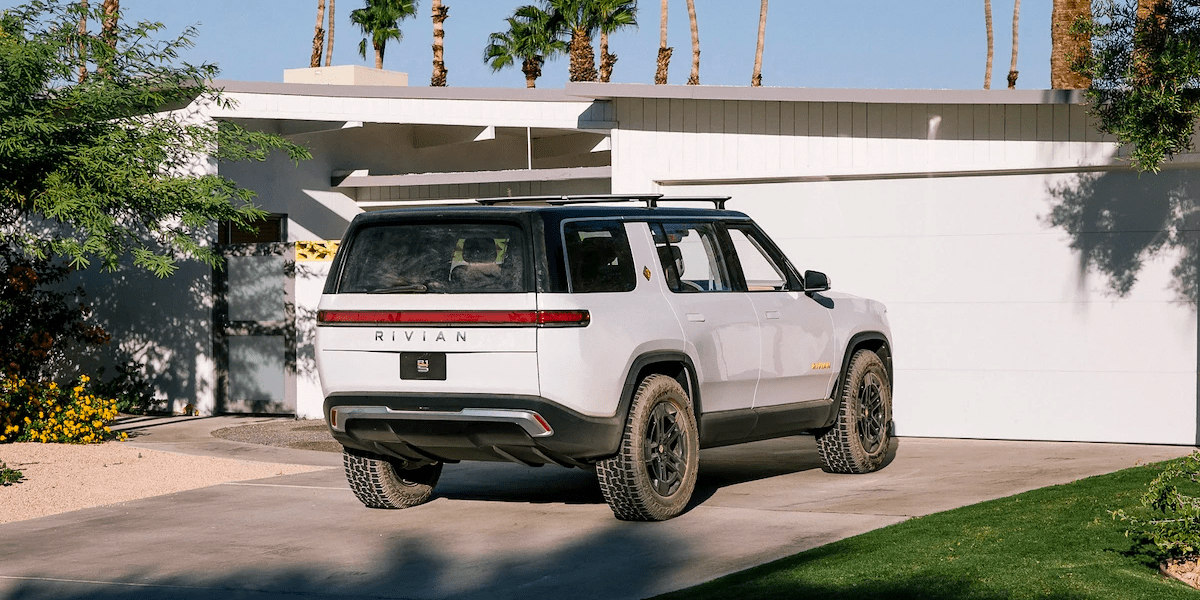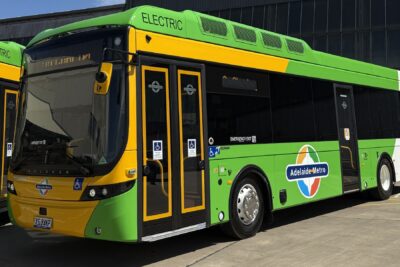Rivian falls deeper into debt
The US electric car start-up Rivian has presented its annual report for the fourth quarter and the full year of 2022. While revenues are increasing along with the deliveries of the vehicles, losses have also continued to rise due to scaling production costs.
Q4 revenues were $663 million (€623.5 million), and full-year 2022 revenues were $1.66 billion (€1.56 billion). The bottom line in the last three months of the year was a net loss of 1.72 billion dollars (equivalent to 1.62 billion euros, compared to 2.31 billion euros in the same quarter last year).
For the full year 2022, Rivian posted a net loss of $6.75 billion or €6.35 billion (versus $4.69 billion or €4.41 billion in 2021). This means that in Q4 the loss was 2.6 times sales, and for the full year the loss actually exceeded sales by a factor of four.
Rivian produced 24,337 electric vehicles in 2022, as previously reported, and delivered 20,332. This was just short of the annual target of 25,000 vehicles produced. For 2023, Rivian states a target of 50,000 vehicles produced in its new annual report. As a further indicator of the company’s success, Rivian states that the electric delivery vehicles delivered to Amazon have already delivered over ten million packages without emissions.
In late 2022, the company began introducing a second shift for the production of its R1T electric pickup and its R1S SUV offshoot. For both models, Rivian is now announcing the introduction of a new variant called ‘Max-Pack’, which is expected to provide ranges of around 400 miles (640 kilometres). The introduction of this variant is planned for autumn 2023. Since existing orders already extend into 2024, it remains to be seen what numbers the Max battery can be built.
The new ‘Enduro’ electric drive system is also to be launched this year, initially as a front-wheel drive variant in Rivian’s Amazon vans and then as a four-wheel drive variant for the R1 vehicles. In parallel, the company is working on its new high-volume R2 platform and has announced the introduction of a new battery variant with LFP cell chemistry. The R2 models are to be produced in future at the new plant in Georgia.
Unsurprisingly, given the continuing losses, the focus is now on costs – which is why some plans have already been cut, as the company has now announced. The annual report states: “In 2022, we proactively took steps to simplify our product portfolio and to achieve a lower cost structure across all areas of our business. Maintaining our focus and improving our operational efficiency remain important goals for 2023 and beyond.”
rivian.com (PDF)





0 Comments